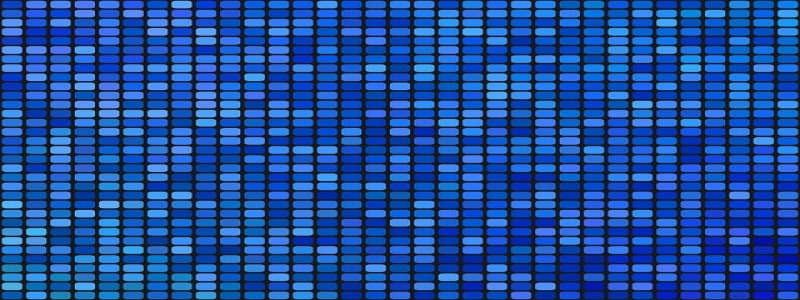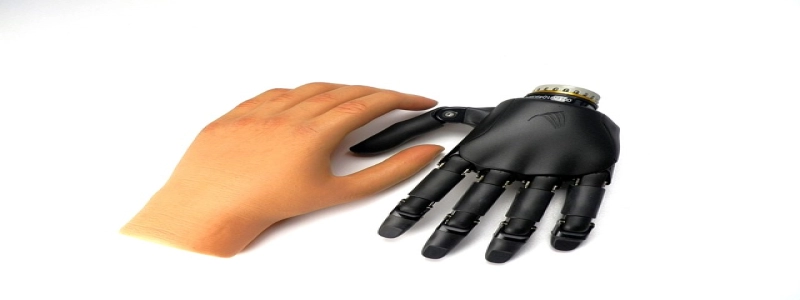Title: Reference Wavelength
Introduction
I. Definition and Importance of Reference Wavelength
II. Historical Development of Reference Wavelength
III. Measurement Techniques for Reference Wavelength
Body
I. Definition and Importance of Reference Wavelength
A. Definition: Reference wavelength is a specific wavelength used as a standard for calibration or comparison purposes in various scientific and engineering measurements.
B. Importance:
1. Calibration: Reference wavelength ensures accurate measurements by serving as a standard against which other wavelengths can be compared.
2. Precision: It helps researchers establish a common reference point for consistent and precise measurements across different instruments and laboratories.
3. Interdisciplinary Applications: Reference wavelength is used in various scientific fields, including physics, chemistry, telecommunications, astronomy, and optics.
II. Historical Development of Reference Wavelength
A. Early Discoveries:
1. Isaac Newton’s Experiment: Newton’s discovery of the visible spectrum and the concept of different wavelengths laid the foundation for reference wavelength.
2. Thomas Young’s Double-Slit Experiment: Young’s experiment provided further insight into the behavior of light and its relationship with different wavelengths.
B. Advances in Technology:
1. Spectroscopy: The development of spectrometers and spectrophotometers allowed for precise measurement and characterization of different wavelengths.
2. Laser Technology: The invention and refinement of lasers opened new possibilities for generating and manipulating specific reference wavelengths.
III. Measurement Techniques for Reference Wavelength
A. Atomic Absorption Spectroscopy: Using the absorption of specific wavelengths of light by atoms to determine concentration or trace elements.
B. Interference Techniques: Utilizing constructive and destructive interference patterns to measure different wavelengths accurately.
C. Optical Filters and Prisms: Employing filters and prisms to isolate and measure specific wavelengths selectively.
D. Laser-based Techniques: Utilizing lasers to generate and control precise reference wavelengths for various applications.
Conclusion
Reference wavelength plays a crucial role in calibrating and comparing measurements across different scientific fields. Its definition, historical development, and various measurement techniques demonstrate the importance and versatility of the concept. As technology continues to advance, reference wavelength will continue to be an essential tool in precise and accurate scientific measurements.







